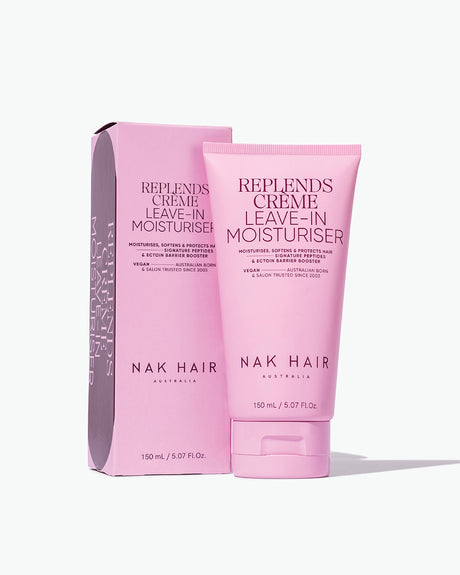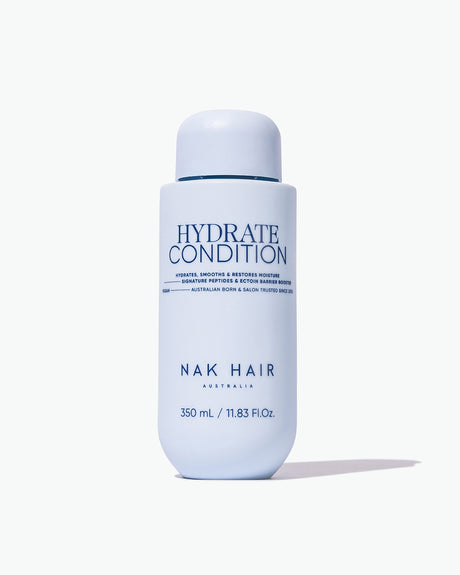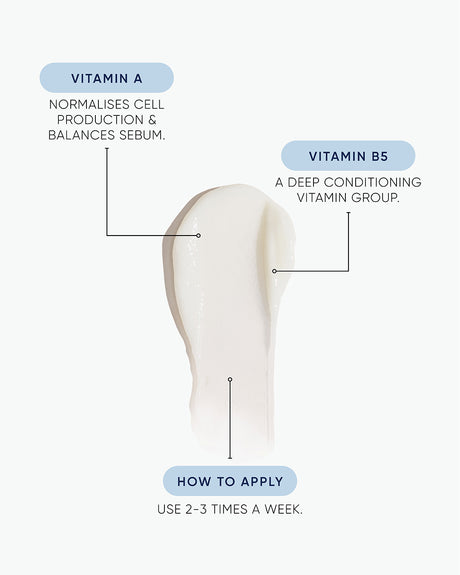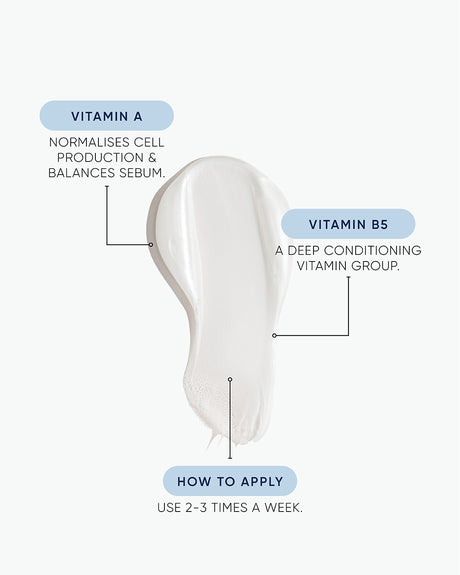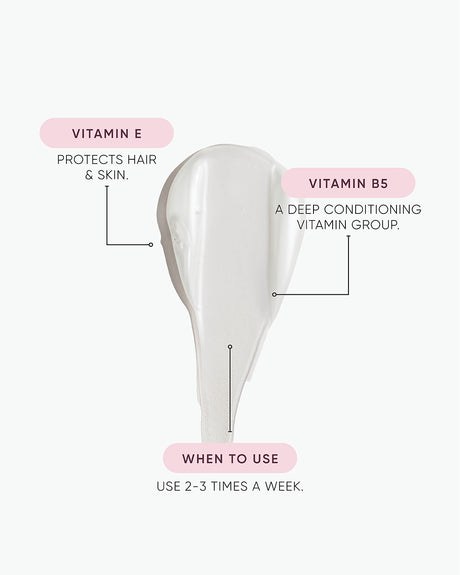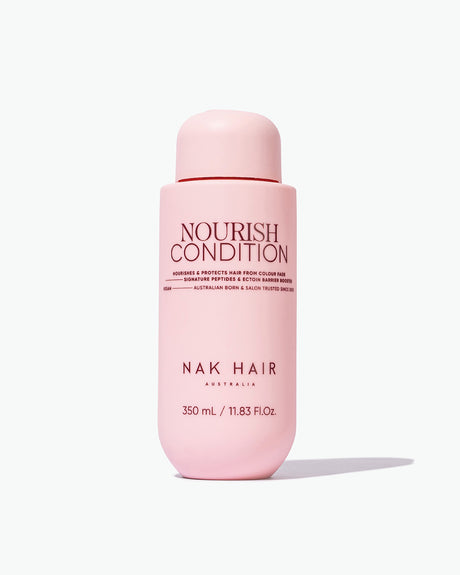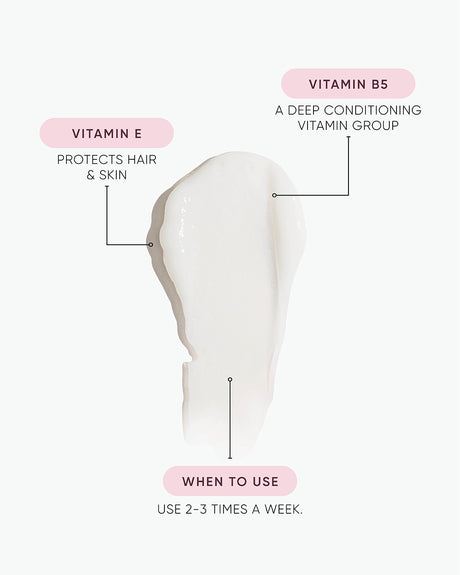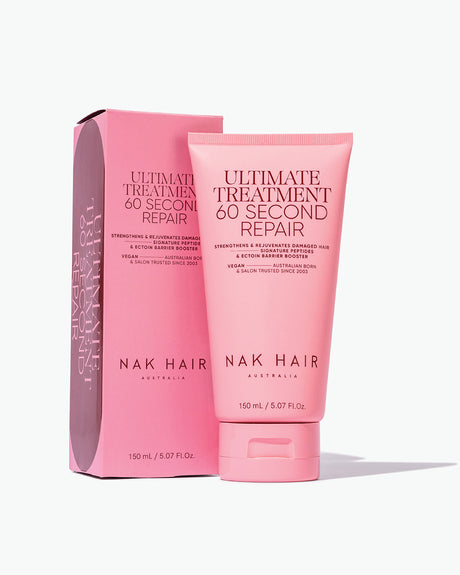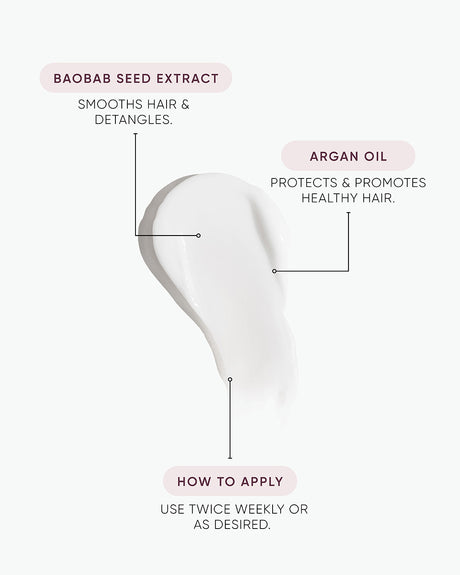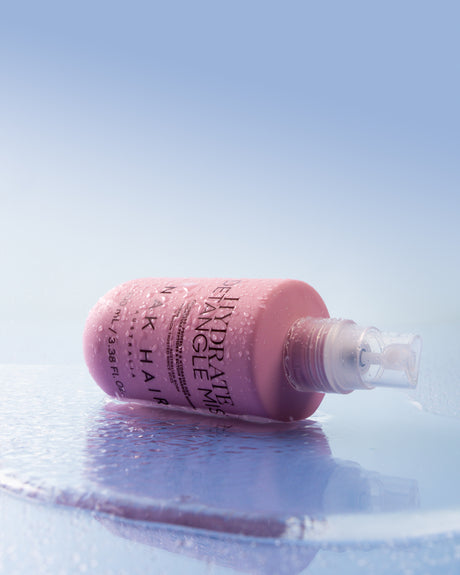Picking a new shampoo can feel like a high-stakes decision. Every bottle promises smoother, shinier, bouncier hair, but how do you know which one really works for you?
The answer starts with understanding your hair type. Texture, thickness, oil levels, damage, and colour all play a role in how your hair behaves. Hair type simply means how your hair naturally behaves: is it fine or thick? Straight or curly? Oily at the roots or dry all over? Knowing this is the first step toward choosing a shampoo that actually delivers results.
Using the wrong shampoo can leave hair feeling flat, frizzy, weighed down, or stripped before you even style it. The good news? With a little self-assessment, you can decide what your hair truly needs.
How to Identify Your Hair Type
Before you choose a shampoo & conditioner, it helps to know your hair structure, texture, elasticity, and scalp type.
Hair Structure
Hair structure refers to the thickness of individual strands and the density of your hair overall.
- Fine hair: Thin, delicate strands. Hair can appear limp and is prone to breakage. Avoid heavy shampoos that weigh it down.
- Medium hair: Balanced strands that can hold styles and products well. Most shampoos suit this type.
- Thick hair: Coarse or dense strands that may need hydrating or smoothing formulas to manage volume and frizz.
How to test: Roll a single strand between your fingers. Fine hair feels almost invisible, medium hair is easy to feel, and thick hair feels firm and coarse.
Hair Texture
Texture is about how your hair naturally falls:
- Straight: Flat from root to tip; may need volumising products.
- Wavy: Loose S-shaped bends; benefits from hydration and frizz control.
- Curly: Defined spirals; needs moisture to hold shape and prevent frizz.
- Coily / Kinky: Tight, springy curls prone to dryness and shrinkage; requires gentle cleansing and intense hydration.
How to test: Observe your hair after washing and air-drying, without styling products. Notice the natural pattern it falls into: straight, slightly bent, spiral, or tight coil?
Scalp Type
Your scalp affects how your hair behaves daily, from oil production to sensitivity.
- Oily: Hair becomes greasy quickly. Look for balancing shampoos.
- Dry: Scalp may feel tight, itchy, or flaky. Hydrating shampoos restore moisture.
- Sensitive / reactive: Prone to redness or irritation. Gentle, barrier-supporting formulas work best.
- Normal: Balanced; most shampoos are suitable.
How to test: Examine your scalp before washing. Press fingers to your scalp to check for oiliness, look for flaking or irritation, and note how quickly hair becomes greasy after washing.
Hair Strand Test
Once you know your hair type, you can do a simple hair strand test to learn more about your hair’s health and needs.
- Wash and air-dry your hair so it’s clean and product-free.
- Take a single strand from the middle of your head.
- Roll it between your fingers to check thickness (fine, medium, thick).
- Observe its natural pattern for texture (straight, wavy, curly, coily).
- Examine the ends for split ends or dryness.
Hair Elasticity Test
- Hold the strand at both ends.
- Gently stretch it.
Results:
- Healthy hair: Stretches slightly and returns to its original length. Strong, hydrated, and resilient.
- Low elasticity: Snaps easily or stretches unevenly. Hair is fragile and may need protein or strengthening treatments.
Tip: Test a few strands from different areas of your head for a full picture. Hair can vary depending on exposure to heat, chemicals, or natural oils.
Choosing the Right Shampoo For You
Now that you’ve identified your hair type, structure, texture, and scalp needs, it’s easier to select a shampoo that works for you. Here’s a guide for common scenarios:
Curls, Coils, or Waves
Curly hair often struggles to hold shape. Many shampoos strip moisture before conditioner can help.
Look for: Creamy, curl-specific formulas that cleanse gently while defining your natural pattern.
Signs you need it:
- “My hair looks better the day after washing.”
- “My curls always feel dry.”
NAK Recommendation: Curl Range — Signature Peptides and scalp-friendly tech clean gently and support definition for soft, juicy curls.
Dry or Thirsty Hair
Dry hair tangles easily, breaks, and never feels soft, even after treatment.
Look for: Hydrating shampoos that soften without weighing hair down.
NAK Recommendation: Hydrate Range supports the scalp barrier and restores moisture for long-lasting softness.
Damaged or Fragile Hair
Heat styling, chemical treatments, and daily life can leave hair feeling worn out.
Look for: Creamy, nourishing formulas that rebuild hair from the inside.
NAK Recommendation: Nourish Range is rich in Signature Peptides and Ectoin Barrier Booster, strengthens, softens, and helps prevent future damage.
Fine, Flat, or Oil-Prone Hair
Fine hair can get weighed down easily, and oily roots can make styles fall flat quickly.
Look for: Lightweight, volumising shampoos that lift roots, balance oil, and leave no residue.
NAK Recommendation: Volume Range feather-light formula for bounce, cleanses without over-drying, and keeps hair feeling fresh or the Ultimate Cleanse Shampoo to remove stubborn oil & styling product residue while protecting your natural moisture.
Coloured, Bleached, or Heat-Styled Hair
Processed hair needs moisture, protein, and protection to prevent breakage and colour fading.
Look for: Repairing or colour-protecting shampoos with strengthening ingredients.
NAK Recommendation: Structure Complex Protein Range or Colour Fix. Signature Peptides rebuild hair while maintaining colour vibrancy. Soft, shiny, and salon-fresh.
Blonde or Tone-Sensitive Hair
Blonde hair is prone to brassiness and dryness.
Look for: Tone-correcting shampoos with pigment that neutralise brass while nourishing hair.
NAK Recommendation: Blonde Range — Blonde Plus Shampoo for gentle toning, Platinum Blonde Anti-Yellow Shampoo for stronger toning, Blonde Colour Fix to rebuild and maintain tone.
Common Mistakes That Affect Results
Even the right shampoo can fail if your routine isn’t correct:
- Washing too often or not enough: Most hair types do best every 2–3 days.
- Using too much product: A 10-cent piece-sized amount is enough.
- Skipping scalp massage: Boosts circulation and helps shampoo work effectively.
- Rinsing too quickly: Residue can weigh hair down.
FAQs
How often should I wash my hair?
Depends on hair type: fine / oily hair may need every other day; dry or curly hair less often.
Is daily shampooing okay?
Sulphate-free formulas are safe, but over-washing can dry hair.
How do I know which shampoo my hair needs?
Start with your main concern; dryness, flatness, frizz, colour, or oil, and select a formula targeting that issue.
Can I use dry shampoo on a sensitive scalp?
Yes. Gentle, hydrating formulas refresh roots without stressing reactive scalps.
Your hair is unique. Understanding its structure, texture, elasticity, and scalp needs is the key to choosing the right shampoo and products. With this knowledge, you can stop guessing and start caring for your hair the way it deserves.
NAK Hair ranges are designed to match your hair’s needs: hydration, repair, colour protection, volume, or curl definition. When you understand your hair, choosing a shampoo becomes a simple step toward hair that feels stronger, looks healthier, and behaves beautifully every day.

